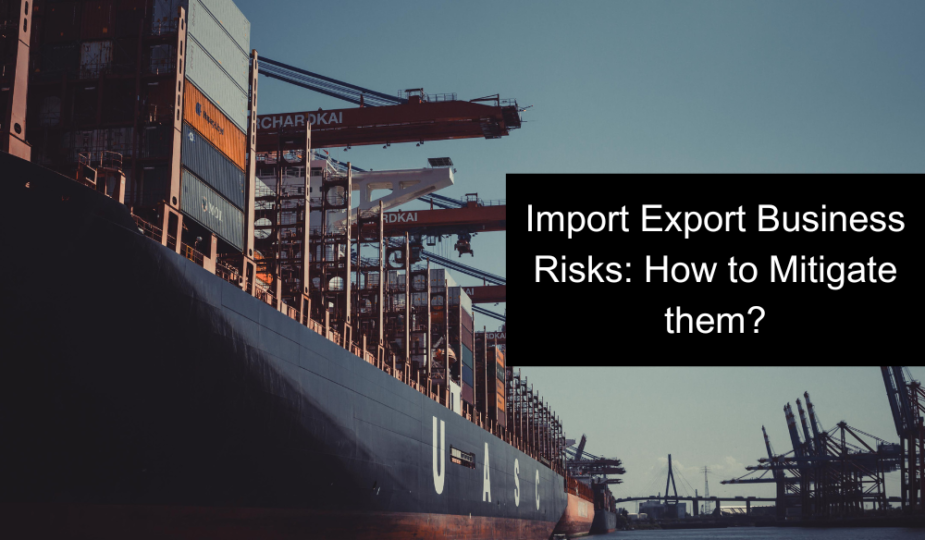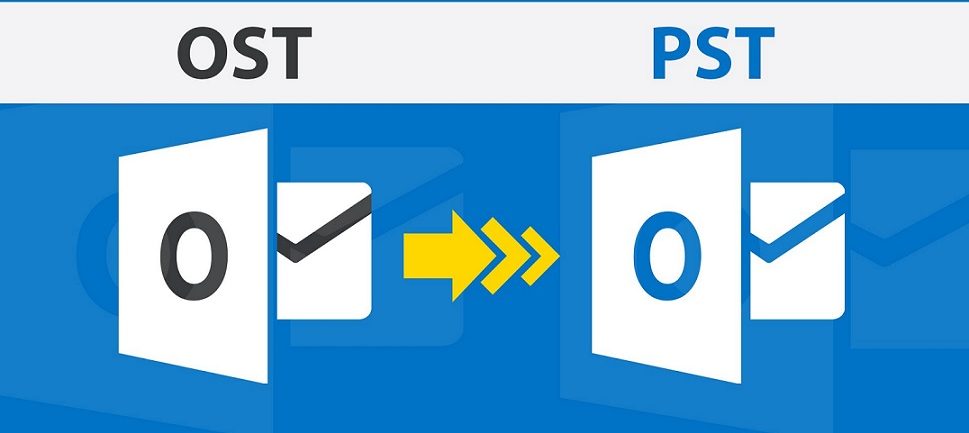Import-export business risks pose a threat to the profitability and financial stability of businesses, making their effective management imperative. To mitigate these risks, businesses must implement effective risk management strategies. One prominent aspect of trade risk often encountered by businesses is the challenge of dealing with overdue invoices. This issue is often depicted as a looming threat, symbolising the increasing urgency and financial strain caused by delayed payments. Overdue invoices not only disrupt cash flow but also exacerbate broader trade risks, particularly in the context of international trade, where diverse payment practices and legal frameworks exist.
Addressing the impact of overdue invoices requires the implementation of robust strategies. Businesses may opt to utilise trade credit insurance products, which offer coverage specifically against the risk of delayed payments. By leveraging such insurance solutions, businesses can safeguard their financial stability and mitigate the adverse effects of overdue invoices, ensuring continuity in their operations despite these challenges.
How to Mitigate Import Export Business Risks?
Businesses can use several strategies to control trade risk in various ways. One tactic is to diversify their source base. A multifaceted strategy that includes supply chain visibility, contractual protections, hedging, diversification, due diligence, and cooperation is needed to effectively manage trade risk. Businesses may preserve operational resilience, protect their interests, and seize opportunities in a more dynamic and linked global economy by implementing these measures comprehensively and proactively.
Identify Your Risks
The initial stage in managing import-export business risks involves recognizing and evaluating them thoroughly. It’s crucial to grasp the various factors that could introduce uncertainty and instability into your supply chain. These might range from political unrest and natural calamities to labour conflicts and disruptions in transportation.
For instance, an unexpected hike in tariffs could directly dent your profit margins, while a port strike might lead to delays in delivery schedules. Moreover, any issues regarding product quality could directly influence customer satisfaction levels. By conducting a comprehensive assessment of these risks, you gain clarity on their potential effects, enabling you to prioritise them accordingly and devise appropriate contingency plans.
Diversified Markets
Reducing exposure to import export business risks involves diversifying sources and markets, a strategy aimed at seeking alternative suppliers, customers, or intermediaries. This approach offers competitive pricing, quality, and reliability, steering clear of excessive reliance on a single country, region, or partner vulnerable to uncertainty or instability. Diversification opens avenues to capitalise on fresh opportunities and broaden the customer base. Yet, it necessitates thorough research, relationship building, and adherence to diverse regulations and standards.
Negotiable Contracts
Careful contract negotiation is another important tool for controlling import-export business risks. It is crucial to draft contracts that explicitly state the terms and conditions controlling the transaction, eliminating any possibility of misunderstanding. Important information, including delivery and payment periods, quality requirements, dispute resolution procedures, and force majeure clauses, is all included in these contracts. Furthermore, it’s crucial to choose the right Incoterms International Commercial Terms.
You may minimise potential conflicts and misunderstandings while protecting your rights and interests by conducting careful contract discussions. A carefully crafted contract offers a structured framework for conducting business and reduces associated risks, acting as a legal shield. It also allows you to clearly define roles and expectations for each party participating in the transaction. In the end, careful contract drafting is essential to building mutual respect and collaboration between trading partners, which makes cross-border trade operations easier and safer.
Read: Travel Wardrobe Must-Haves: From Airport Lounges to City Streets
Ensure About Your Goods and Services
Another smart move to reduce the dangers involved in importing and exporting is to get insurance for your goods. You add another degree of security by insuring your items against possible loss, damage, or theft during delivery. It’s important to comprehend the details of your insurance coverage. This entails becoming acquainted with concepts such as the claims procedure, the required paperwork, and the deductible. A thorough understanding of these elements facilitates more seamless handling of possible difficulties and guarantees an efficient claims procedure when required.
Understanding the terms and exclusions of your insurance policy and choosing the right amount of coverage are crucial steps in risk avoidance. This guarantees sufficient security in addition to aiding with cost control. You can shift some of the risks involved with doing business internationally to the insurance company by getting your items insured. A portion of the losses can be recovered in the unfortunate case of loss or damage during transit, protecting your cash flow and lessening the financial impact. This is made possible by obtaining insurance coverage.
Evaluate Your Performance
Adaptation and monitoring strategies are necessary to reduce import-export business risks. It involves regularly checking and evaluating several aspects pertaining to your import-export procedures in order to ensure optimal performance. A regular examination of key parameters including costs, profits, margins, lead times, quality, and customer happiness is necessary to evaluate performance properly.
In addition, it is imperative to consistently analyse external factors such as customer preferences, trade rules, exchange rates, and market trends due to their significant influence on business outcomes. Regular performance monitoring enables the identification of any issues or vulnerabilities in the import-export process. By identifying these areas and taking the necessary action, businesses may be proactive in addressing areas that require improvement. This lowers possible risks and increases overall efficacy and efficiency.
Conclusion
Mitigating import-export business risks demands a multifaceted approach. Firstly, thorough risk identification is crucial, encompassing factors like political instability, supply chain disruptions, and quality issues. Diversifying markets and suppliers, alongside negotiable contracts, offer buffers against uncertainties. Additionally, securing insurance for goods and services adds an extra layer of protection. Regular performance evaluation ensures adaptability and efficiency. By implementing these strategies diligently, businesses can navigate the complexities of international trade with resilience and confidence.
Author’s Bio:
Meenakshi is a regular content writer specialising in DGFT topics. With a deep research and passion for digging out the information, she has tried to find out all the major Import Export Business Risks – Chartered Engineer Certificate.










